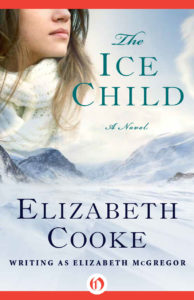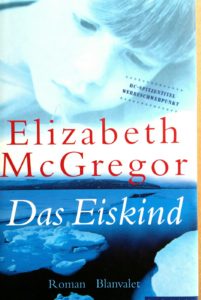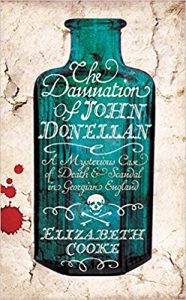



Research is key to a convincing historical novel. And I’d say the most important rule is using original first sources.
For The Ice Child, I visited the Scott Polar Research Institute in Cambridge, the Anthony Nolan Trust and Great Ormond Street Hospital. I found photographs of the crew, and visited the National Portrait Gallery for paintings of Arctic explorers. I sourced original accounts of the rescue expeditions. I read Mrs.Franklin’s diaries. I had a hugely detailed map of the North-West Passage hung above my desk. I read accounts of polar bears in places like Hudson Bay. I emailed people living and working in the area today. And I bought books written at the time….so many books!



For The Damnation of John Donellan, I was lucky to have sight of some personal family records as well as those publicly available in the history centres at Warwick and Shropshire. Utmost care and respect should be shown if you’re approaching families about their ancestors. They may not want anyone to know the history – alternatively, they may be very helpful in giving you insights never previously available. With the Donellan book I actually found that someone very famous indeed was a descendant, and she and her father were wonderfully enthusiastic.
Lastly, research isn’t much good if you can’t FEEL your way into the subject matter. I lived and breathed the subject of the Franklin expedition. I dreamed about the crews. I got icy cold writing the expedition passages. And, years later, I burst into tears when the wreck of the Erebus was found on the sea bed.
With John Donellan, I increasingly felt that, rake that he was, history had nevertheless served him ill. When I had to write about him pausing on the steps of the scaffold, I knew that he had been waiting for the reprieve that never came.
Prepare to be haunted by your characters!
